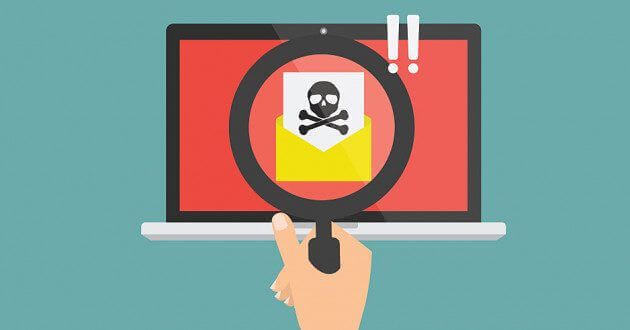Malware’s risks are something you cannot put comfortably on. After all, about 350,000 new malware are being created each day.
In all situations, you may think about many other issues, such as getting PC repair notifications.
But if you want to preserve the security of your computer, it is important to know the types of computer viruses out there.
Here are ten of the most dangerous types out there:
1. Boot Sector Virus
This form of virus is one of the most harmful when it comes to the ordinary perspective of users. Its infection spreads across the master boot. So it is not easy to remove, often leading to the complete reformatting of the program.
This is particularly the case if the virus encrypts the boot sector of the computer and destroys it. The great development in technology is that the BIOS structure of newer PC systems has in recent years been reduced in effectiveness.
You may be responsible for using portable media such as USB flash drives and hard drives to get this virus.
2. Direct Action Virus
Direct action viruses infect your files when it comes to these types of viruses and are one of the two major types of computer viruses. It does not conceal or delete itself in the memory of your computer. The way it works is via different file formats such as EXE or COM where they are attached.
Once the infected file is opened, it is enabled. It then looks for other files at the place of the infected file to distribute further. Although it is frustrating, the performance of your system will not be damaged, as it only makes your files unavailable.
This is not much a risk compared to Boot Sector Virus if you can remove it with a simple antivirus programme.
3. Resident Virus
The resident virus is a file infector, as is the direct action counterpart. But its main difference is that they are installed on your PC unit. Even because they can persist after the virus primary source is removed. They become even dangerous.
It can be hard to find it and delete it from your device, depending on the programming of the virus. Whether the resident virus is a quick infector or a slow infector will depend. The former causes damage as quickly as possible while the latter occurs much more slowly.
4. Multipartite Virus
The agglomeration of the different types of computer viruses as to how it spreads is more dangerous than most viruses. It spreads by different means, and depending on several factors a number of acts can take place. For instance, depending on the operating system of your PC it can operate in another way.
It can corrupt and disperse your boot sector and documents faster. This makes it harder to delete and may require a full reformat to avoid repetition.
5. Polymorphic Virus
This kind of virus is risky because it is difficult to detect even with anti-virus programs. In most applications, procedures needed to identify a single polymorphic virus take days or months.
The way anti-virus programs work takes a long time to detect. Such forms of applications can only list one version of the virus in black. Polymorphic viruses benefit from this by modifying their signature when replicated to create another, otherwise meaningless file.
6. Overwrite Virus
Generally, viruses are frustrating because insurance companies do not protect companies from all of virus attacks. The most frustrating type of virus for end users is the virus overwritten. This stands true, even though its level of danger is low compared to those previously mentioned.
You can only get rid of the virus by giving up the infected file. This can happen to single files and software applications in their entirety. It is often difficult to determine, but you can avoid it if you pay attention to emails with attachments.
7. Spacefiller Virus
Spacefillers have more intelligence compared to other types of viruses. Many forms of computer virus relate to executable files. Spacefiller viruses in turn occupy empty spaces that are frequently found in files.
It can penetrate programs without disrupting them or increasing their scale. The other techniques that most viruses use to avoid detection are ignored. While more disgusting, in most cases its rareness makes it less a hazard.
8. Memory Resident Virus
This is one of the most damaging viruses in the world. It infects and sets up your computer’s memory as its basis. This means that the virus works more by simply running on your own operating system. Its effects vary, but your computer system can have a memory virus infection if you find a significant increase in corrupted files.
9. Web Scripting Virus
Such viruses also propagate through the programming used for web sites to your computer system. Indicating a certain degree of code is require in placing picture, video and layout. It means that if you click on links to malicious websites or see their images, you can access the viruses without your knowledge.
This is best prevent by using security programs to identify malicious coding in internet browsing.
10. Browser Hijacker
One of the simplest and easiest to identify viruses is this type of virus. It will mess with your job by taking you to various websites, even if you enter your internet address. You should be careful with what you download and toolbars as a good practice.




